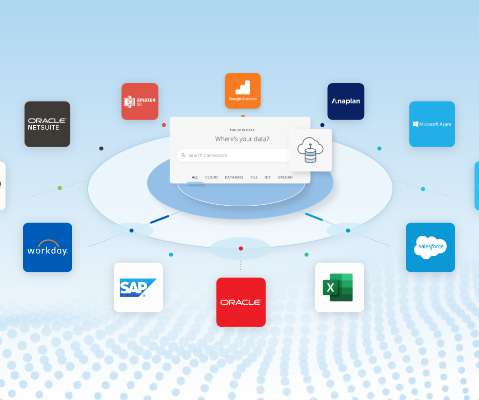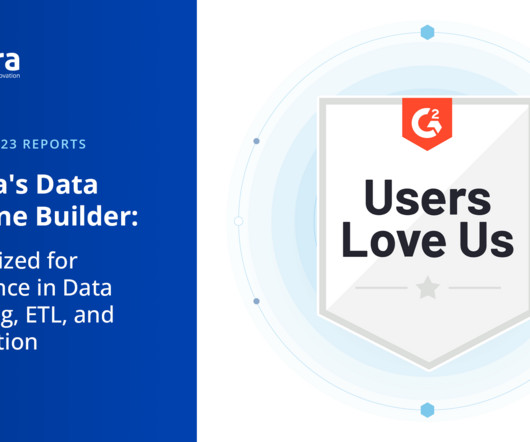The Ideal Data Fabric Architecture for Business Transformation
Dataversity
MAY 9, 2022
Data fabric is redefining enterprise data management by connecting distributed data sources, offering speedy data access, and strengthening data quality and governance. The post The Ideal Data Fabric Architecture for Business Transformation appeared first on DATAVERSITY.













Let's personalize your content